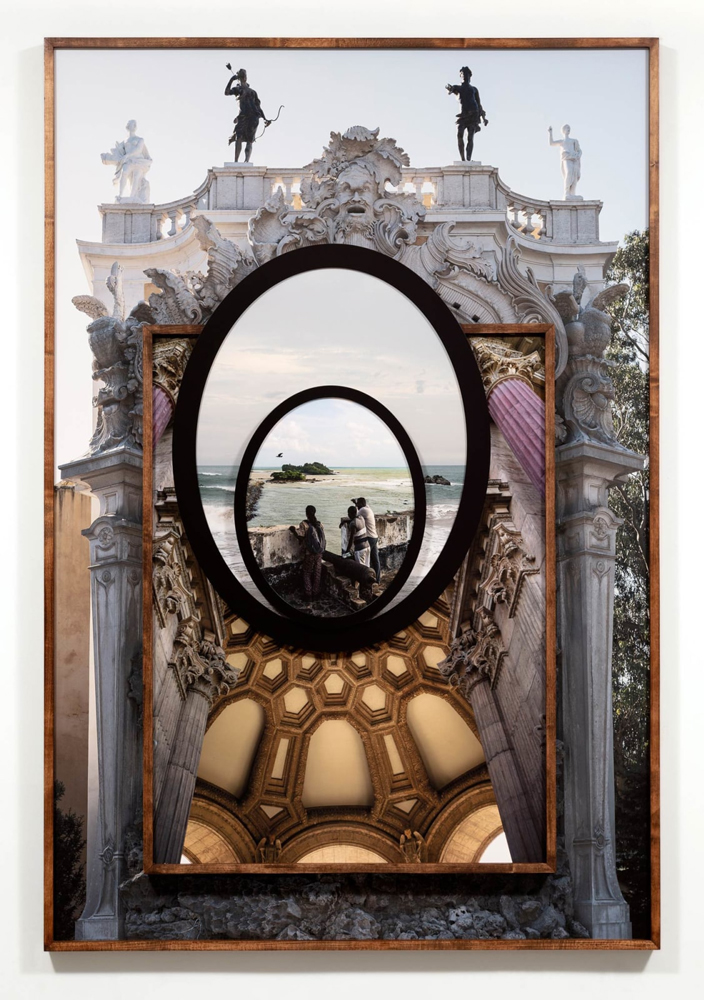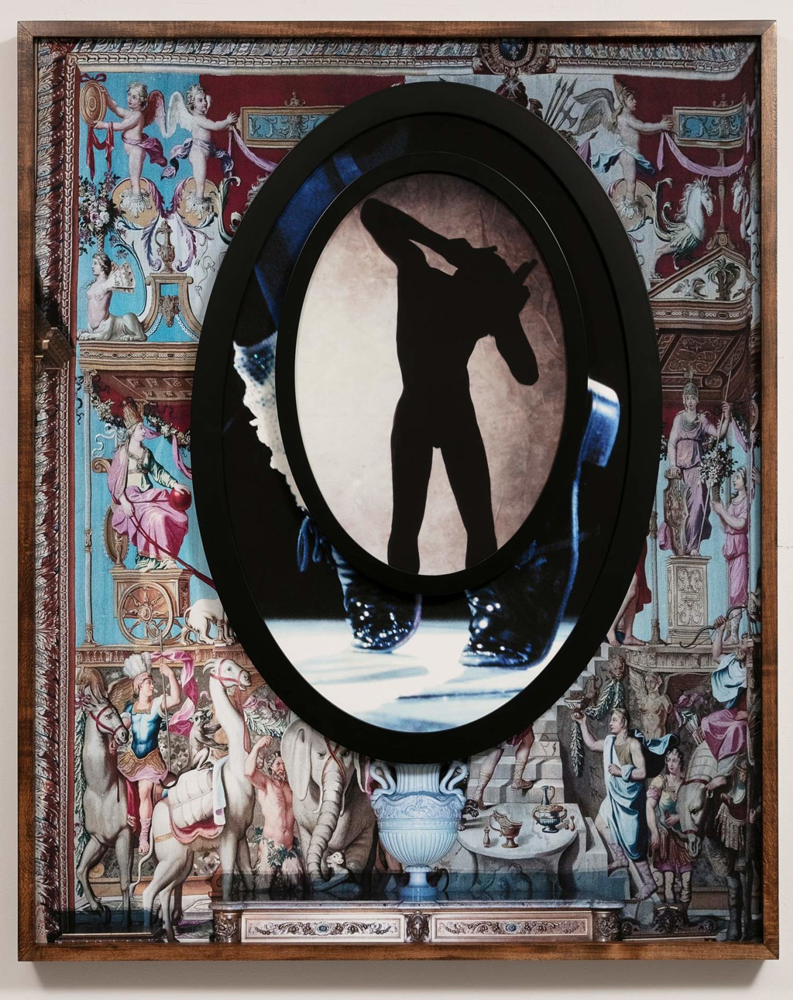PHOTO: Todd Gray-On Point
 Todd Gray works in photography, performance and sculpture, he describes himself as an artist and activist who primarily focuses on issues of race, class, gender, and colonialism, and uses these lenses to challenge binaries in the past and present. In general, his work aims to challenge the viewer both by what he is including and what he is leaving out.
Todd Gray works in photography, performance and sculpture, he describes himself as an artist and activist who primarily focuses on issues of race, class, gender, and colonialism, and uses these lenses to challenge binaries in the past and present. In general, his work aims to challenge the viewer both by what he is including and what he is leaving out.
By Dimitris Lempesis
Photo: Lehmann Maupin Gallery Archive
Working between Los Angeles and Akwidaa, Ghana, Todd Gray’s photo-based work aims to destabilize assumptions about the veracity of photography and provoke reconsiderations of long-accepted norms and beliefs about the medium. The artist’s lush photo assemblages are composed of images ranging from imperial European gardens, Baroque architecture, and Ghanian landscapes, to rock icons, seascapes, and portraits of the artist himself, all carefully arranged to create critical juxtapositions that examine ideas of African diaspora, colonialism, societal power structures, and dominant cultural beliefs. Often rendered on an immersive scale—with the largest to date spanning over 30 feet—Gray’s entrancing photo sculptures are infused with a certain subversive beauty, reflecting his strong sense of visual aesthetics. Each of Gray’s collages utilizes multiple frames, from simple wood to ornate, rococo pieces. While his larger frames are custom built, smaller ones are often sourced from flea markets and estate sales in predominantly Black neighborhoods. Gray weaves the history of these objects and their past lives into his own storytelling, recontextualizing the domestic in the public realm. Whether found or built, Gray layers frames across his work—stacking them one on top of one another and deliberately obscuring certain elements of his photographs, striking a delicate balance between revealing and concealing his subject matter. Images are rotated, cropped, and subtly abstracted, and all of the photographs (with the exception of those from the Hubble telescope) are sourced directly from Gray’s own catalog in a process the artist refers to as “appropriating his own archive”. For his solo exhibition “On Point” the artist brings together images of the Atlantic Ocean, contemporary Ghanaian landscapes, symbols of imperial France, and views from and of Ghana’s slave castles. In “Green Green”, Gray combines a verdant tributary forest with an interior wall of a slave castle. Both of the images are slightly abstracted—the stream rotated 90 degrees, creating a panel of greenery, and the slave castle wall presented at close range, suggesting an aerial photograph or topographical map. In the center of the composition Gray has inserted an image of a solitary figure standing in a slim boat with his back turned to the viewer. The man is dressed in a white collared shirt and long shorts, clothing similar to the white uniforms worn in tropical regions by the British military. Here, Gray draws a line from the past through the present, complicating the idea of “post-colonial” and reminding viewers of the many plural histories that exist simultaneously. “Rollin’ and Tumblin’ (Atlantic)” features a brightly colored “glitch” photograph, struck through with lines of yellow, indigo, pink, and red. The image is taken from a damaged memory card and beneath the blurred, grainy stripes a carved lion on the arm of a stone seat can just be made out. The foundation image depicts a view of the Atlantic Ocean from the Fort Saint Anthony slave fortress, with two cannons facing out to sea. Here, Gray juxtaposes decorative symbols of European power with military ones, and the two circular frames that comprise the top layer of the collage evoke holes made by a cannonball. The corrupted image immediately suggests the failures of technology—but for the artist, the idea of an internal glitch becomes a larger metaphor for the colonized mind, distorting and obscuring the perception of the world. In each work of his exhibition viewers are transported through time. By intertwining historical imagery with pictures of the present, the artist reminds us that the realities of our contemporary world are shaped by those of our collective past. Across his practice, Gray fuses seemingly disparate visual references—interspersing images of imperial architecture with contemporary landscape scenes, with photographs of musicians and self-portraits taken in the 1980s—into a layered synthesis that reveals a fuller picture of the sites and subjects he portrays.
Photo: Todd Gray, Green Green, 2023, Archival pigment prints in artist frames, UV laminate, 58 x 90 inches, 147.3 x 228.6 cm, © Todd Gray, Courtesy the artist and Lehmann Maupin Gallery
Info: Lehmann Maupin Gallery, 1 Cromwell Place, South Kensington, London, United Kingdom, Duration: 14/3-6/5/2023, Days & Hours: Tue-Sat 10:00-18:00, www.lehmannmaupin.com/




